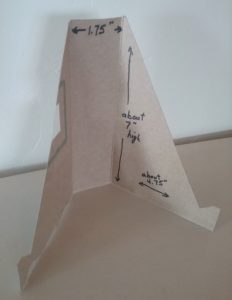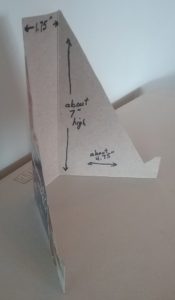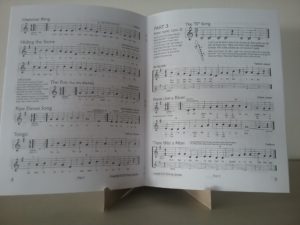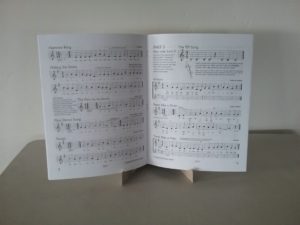Frequently Asked Questions
1. Many methods teach C right after B, A, G. Why did you choose to present low E next?
Penny: Most people are right handed. Right-handed children want to put their right hand on the top of the recorder because it feels unnatural to use their left hand. I chose to present low E in Part 2 so the right hand is used very early in the program. Another advantage to low E over high C is that the beginning player has more contact with the instrument, giving a feeling of security and confidence.
2. Why did you use F sharp instead of F natural?
P: There are several reasons why I chose F sharp. Both notes are tricky to finger correctly. (Some people simply add the first finger of right hand to play F, but this is not the correct fingering for a Baroque recorder; it is painfully out of tune.) Songs in the keys of C or F, where you would use F natural, also require playing low C which is difficult to play and B flat which is another tricky fingering. I wanted to avoid those two notes in my beginning method. (Those notes, as well as ten others, are presented in the intermediate book, Beyond the Nine-Note Recorder Method.) Songs using F sharp, are in a comfortable range for soprano or tenor recorder; this is clearly the best choice for a beginning recorder method.
3. We don’t have music stands, so how can bad posture be avoided?

P: Free tabletop easels may be made from small cereal boxes or other food products. (In this example, I used a one-pound macaroni box, which is on the small end of recommended sizes. A normal-sized cereal box works well.) Cut off top, bottom, and one narrow end of the box. About 1.5 inches from bottom of stand, cut straight across for about .25 inch. Then angle down and cut about .5 inch. Using a straight-edge, draw a line from the top of the stand in the corner down to the cut you just made near the bottom. Cut on that slanted line. The right side of the photos show the cuts more clearly. Line up the two bottoms and trace the first cut so the two easel bottom ends match. Repeat cuts on other face of the box to make a symmetrical easel.
There you have it: a free, handy-dandy, repurposed desktop music stand.


4. What is the difference between soprano and alto recorders? Can I use the alto PDF book to learn soprano?
P: Soprano and tenor recorders are C instruments, meaning that C is the lowest note that can be produced on the instrument. Sopranino, alto, and bass recorders are F instruments, so F is the lowest note that may be played. Soprano recorder is an octave higher than tenor. The F instruments are also an octave apart from each other. Since the same fingering produces an F on the F recorders and a C on the C recorders, the books are NOT interchangeable for learning to play. You must use the printed Nine-Note Recorder Method to learn soprano or tenor. Use the ALTO Edition, a PDF, to learn sopranino or alto recorders. You may see the difference between the books by viewing the first page of each book on this site. Nine-Note Method, page 1 for soprano. ALTO Edition, page 1. You’ll notice that the fingerings are the same but the note produced is different.
5. I want to teach myself recorder. Should I purchase the teacher manual to help me learn?
P: No. The teacher manual is designed for someone who is teaching a group, class, or club of elementary-aged children. The music book, Nine-Note Recorder Method, stands on its own as an anyone-can-learn-to-play-recorder book.
Send your question(s) to: penny9note@gmail.com
